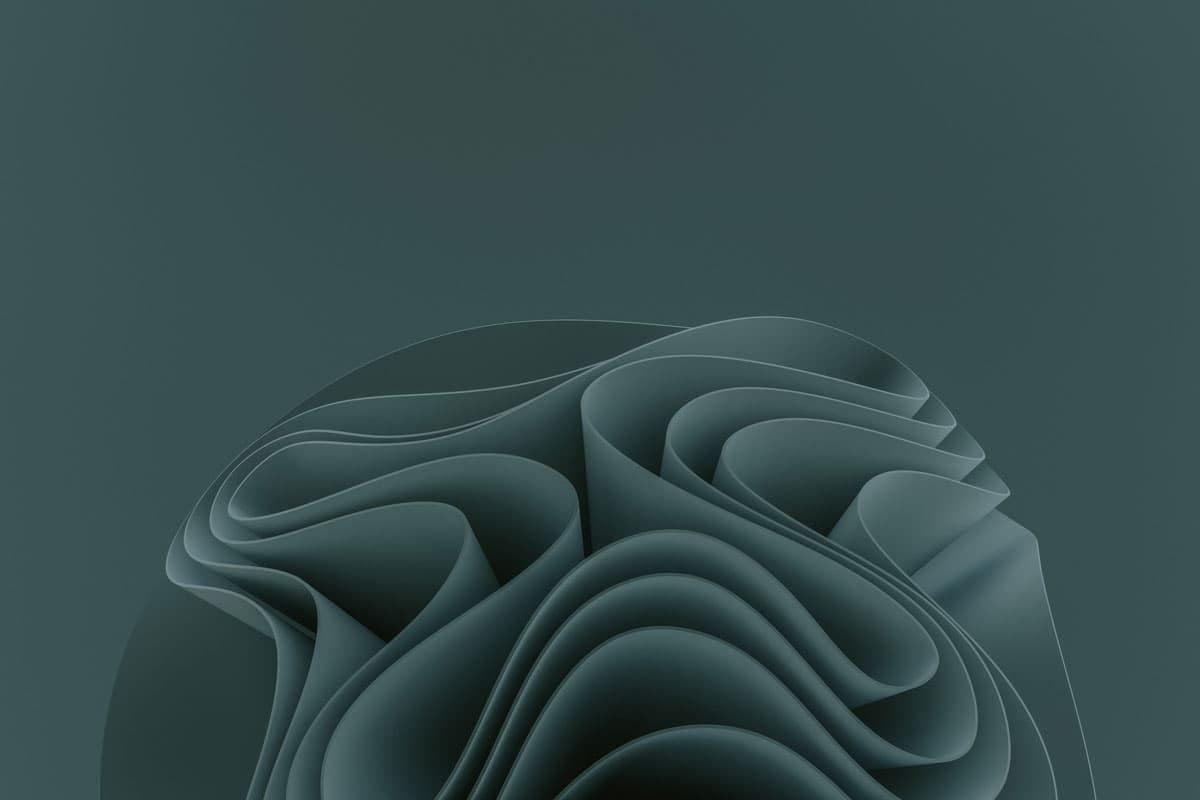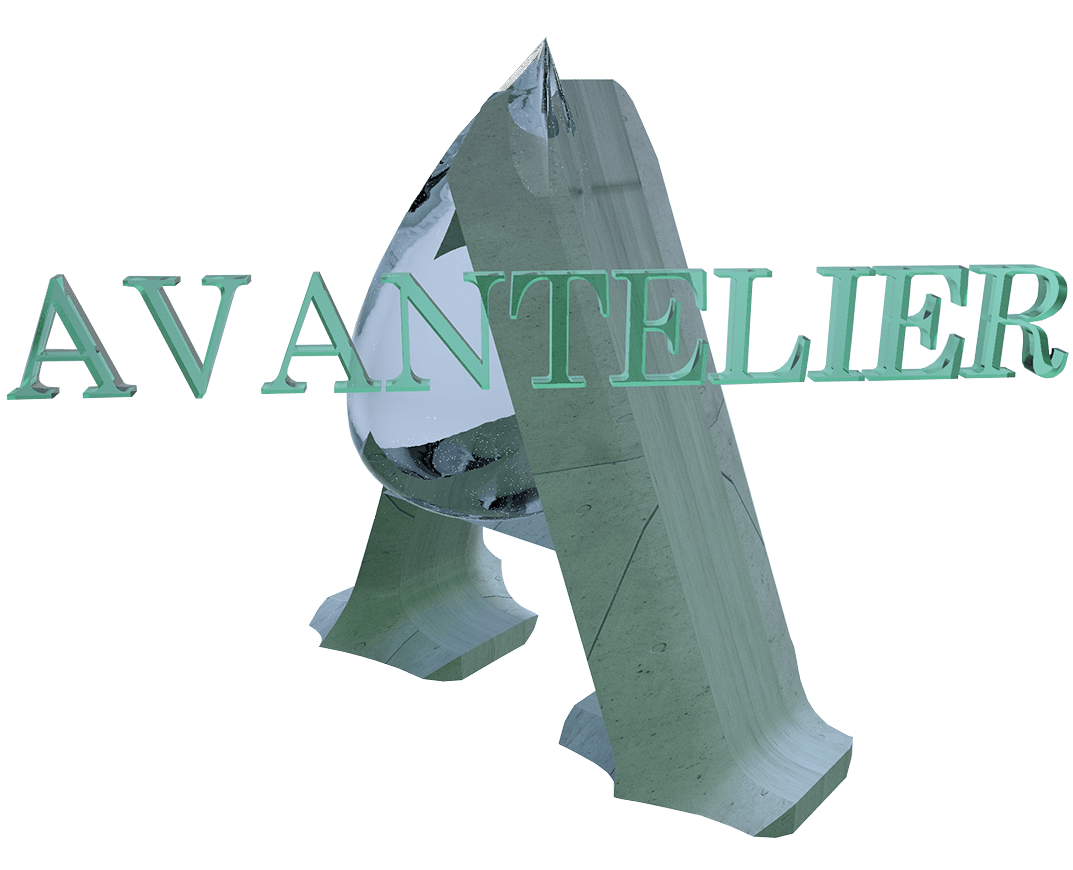Writing by IRA ARZ, Photo by Pawel Czerwinski
MAY 16, 2022
Circularity must apply to the way products are made, designing products so they never become waste. How textiles are produced have the potential to enable a closed-loop in the fashion industry.
A closed-loop in this definition means enabling a textile to be disassembled and recycled once the product is worn out. Often, products that are made from recyclable items such as synthetic polyester fibres produced other waste streams, like plastic bottles. This is not an example of a circular product but rather a delayed discharge of single-use plastic bottles. Most often these polyester garments are not able to be upcycled or recycled into new high-quality materials with the current technology available. To date, the number of clothes piled up was an estimated 59,000 dumped yearly. We must turn to look at some of the innovations made out there by scientists and brands with a vision for a new and biodegradable fashion.
Erikson characterises the three potential ways to define circular textiles and clothing: (EMF, 2017)
- Recyclable (Design for Recycling);
- A recycling system is available;
- Made of recycled textile material (Recycling in Design).
The term recycling here means either mechanically or chemically returning fabric to return to its original fibre. The “closed-loop” recycling approach is to recover the raw material that was used to produce a polymer product, and then reprocess it into the same product of equivalent quality as that from virgin material” (Wang 2010 p.135). The more common issue with synthetic fibres, besides requiring raw materials, it usually use a lot of energy for production.
Cellulose Fibres
Made both natural and man-made, cellulose fibres are often used for their moisture absorption property, which is breathable for the skin. Global viscose fibre production was over 5.3 million tonnes in 2016, however, this production creates hazardous by-products and large consumptions of freshwater. “Lyocell is considered as a more sustainable textile, however, the process accounts for extensive cellulose degradation, which creates fibres less suitable for further re-use or recycling” (Ma et al., 2018). Both production processes require highly purified (paper) pulp in order to achieve the best quality. “According to the Ellen MacArthur Foundation (2017), innovation is key to finding biodegradable clothing options in for example fast-growing plants or processes and treatments that need fewer resource inputs such as water.” (Wagenaar, 2019) A number of sustainable clothing brands have adopted Tencel lyocell as a more environmentally-friendly option, such as People Tree in the UK.
Algae Fibres
There has been some research on alternatives for cellulose fibres, such as algae and agricultural and industrial waste. Marine biomass has gotten a lot of attention and increased interest, mainly due to the fact that it requires less treatment in order to extract cellulose from algae as compared to land plants. Algiknit, an American start-up, developed biodegradable yarn from a sustainable ocean material, kelp. “Kelp grows in coastal waters all over the world at an incredible speed, translating into millions of kilos grown annually. Because it grows so fast, it also absorbs CO2 up to five times faster than land plants. It’s accessible, it’s abundant, and it doesn’t require any land to grow” (Parley, 2018).
Algae fabric itself has been an innovation from Dutch designer Tjeerd Veenhoven. There is an excess of algae growth that commonly causes problems such as decreased water quality, thus, they are normally removed or left to decompose naturally. Instead, the studio makes use of this resource, specifically, the species Cladophora, which is rich in cellulose content, as a potential resource for the textile industry. As a resource, algae seems quite practical and sustainable as it does not require any pesticides or fertilisers. The only foreseeable issue lies within the processing steps and cost of producing the textile, as algae cultivation ponds require constant mining to maintain constant mobility using special machinery. At this moment it is difficult to compete with other textiles available in the market.
Paper Waste
For cellulose, the paper pulp has been deemed to be one of the more promising waste stream resources. In the paper industry, the problem commonly comes from the fact that the length and strength of the fibre will decrease after several times of recycling, this decreased quality makes cellulose not usable for paper production anymore. Making use of unrecyclable paper waste as an alternative for cellulose fibres is promising as opposed to using land resources or burning them. Loncell-F is an innovation that uses waste streams for cellulose fibres, and the process requires no additional chemicals compared to viscose production processes. Two studies from Ma et al., (2016; 2018) researched what materials are suited for the production of Ioncell are, recycled waste paper and board, kraft pulps and newsprint.
Microorganisms as Fibres
There are also other interesting raw materials for textile design such as organisms that can grow bacteria, yeast, fungi, and algae that could be used to produce textile materials. One example is mushrooms, where Mycelium stems from. Its final thread brand and fuse together to create a strong ‘naturally woven’ material. Dutch designer Aniela Hoitink uses the mycelium for the production of a lab-grown fabric for garments. The difference with traditional textiles is in forming the fabric, which is grown as small patches and later combined to become a fabric (NEFFA, n.d.). in 2021, both Stella McCartney and Hermès have announced that they will be introducing a mushroom-based leather into their collections.
Protein Fibres
There are currently many contaminants involved in the treatment steps of conventional leather in order to improve its durability and resistance to water. It’s necessary to explore alternatives to conventional leather as the demand for this material is considerably high. Animal leather contains many important qualities as a material, derived from the presence of interwoven collagen fibres, a structural protein only found in animal cells, making the material water-resistant, soft, and ductile. It’s important to note that these qualities depend on how the leather is treated with chemicals. Currently, the materials used for vegan leather as alternatives are polyvinyl chloride (PVC), polystyrene (PS) and polyurethane (PU) (Galama et al., 2018). However, they have had connections to health issues and skin irritations. The production process of PVC also requires a high amount of electricity.
Therefore, industries are globally trying to eliminate PVC as a leather substitute, and instead, turning to the development of pineapple, fruit, and mushroom leather. Pineapple leather is one that is used more and more by fashion designers. “Piñatex is a textile made of pineapple leaves and adopted by multiple companies ranging from big brands like Hugo Boss to smaller ones such as Dutch designer Liselore Frowijn. The fabric is currently used for footwear, accessories, fashion and furniture design, and is very promising as an alternative to be adopted worldwide.”
Further Reading
Eriksson, B.G. (2017). Organic textile waste as a resource for sustainable agriculture in arid and semi-arid areas. Ambio, Vol.46(2), p.155-161
Wang, Y., (2010). Fiber and Textile Waste Utilization. In Waste and Biomass Valorization, Vol.1 No.1, p. 135-143
Wagenaar, (2019) Redeveloping urban waste streams through local production networks for circular textile- and apparel innovation. reMade in Amsterdam, p. 47
Parley, (2018, November 16). The Biofabricators: Algiknit. Retrieved from https://www.parley.tv/ updates/2018/11/15/algiknit
NEFFA (no date). Future of living materials – living skin. Retrieved March 22, 2019 from https://neffa.nl/nl/ portfolio/future-of-living-materials-living-skin/
Galama, J., Van der Meijs, T., Van den Born, J., Yuan, Y., Utami R.G., (2018). Sustainable Fashion – Production & Consumer Perception, [ACT Report] Wageningen University


